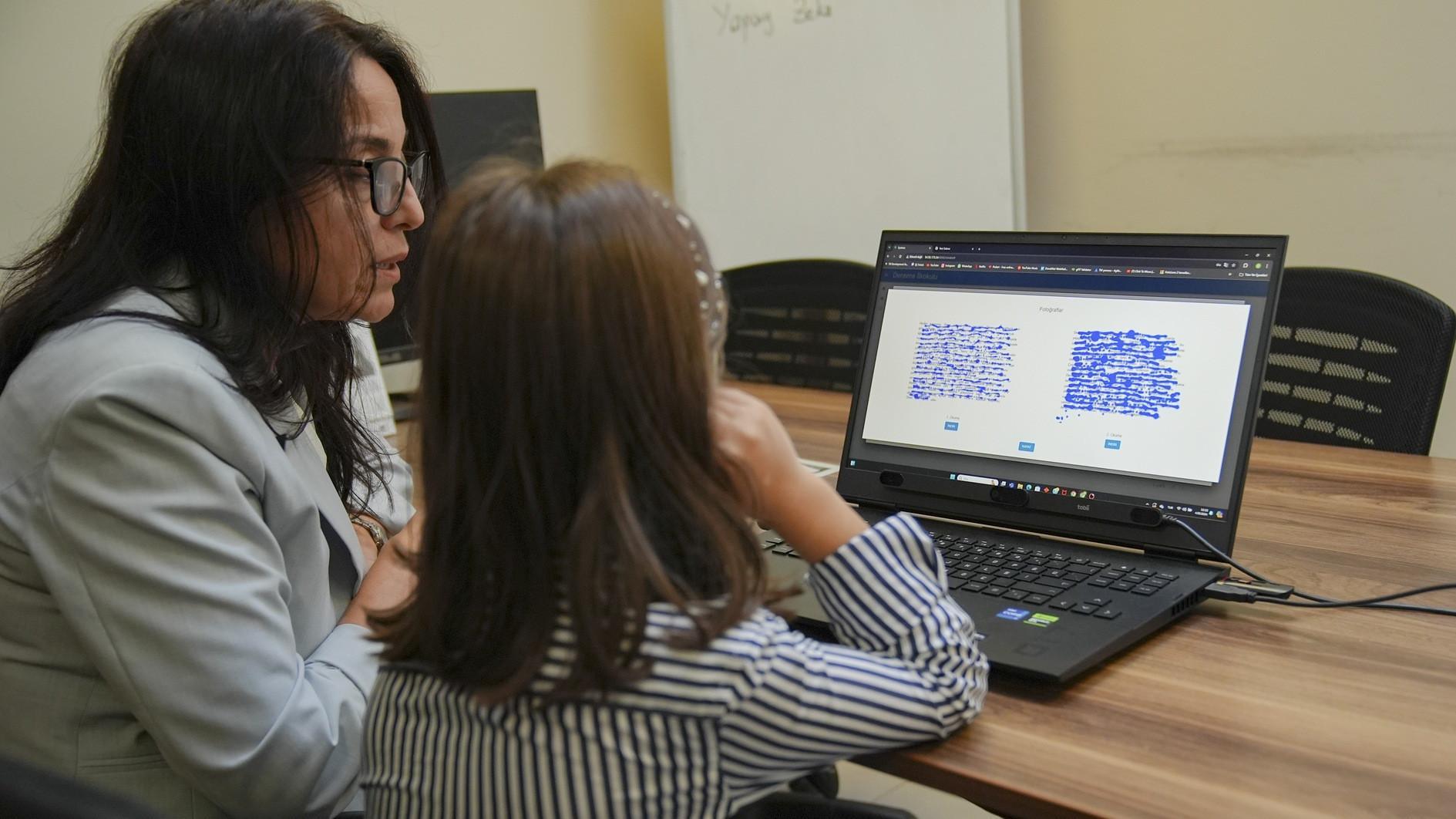
A software company based in the capital Ankara has developed an AI-powered technology that monitors children's eye movements, enabling dyslexia diagnosis within 15 minutes.
The technology, developed by Eyesoft at the Middle East Technical University (METU) Technocity, aims to increase awareness of dyslexia diagnosis by enabling early identification of this reading disability.
Research indicates that approximately one in 1,000 children in Türkiye are diagnosed with dyslexia, while this figure corresponds to 10 in 100 children in Europe, according to Professor Dr. Kürşat Çağıltay, the project’s research-development director, who stressed the lack of expertise in the field across the country.
“Interventions for dyslexic children may be delayed since the challenges these children face in their educational journey are not well understood,” he pointed out, emphasizing that for children to effectively progress in their schooling, they must feel at ease with reading.
Çağıltay noted that they can avert this issue with the dyslexia detection system they developed, stressing that the system assesses children's recorded eye movements during reading using artificial intelligence and machine learning algorithms and provides prompt feedback.
Sevilay İmre, Eyesoft’s director general, emphasized that this newly developed technology allows specialists to identify the severity of the disorder as well.
“The system displays the percentage of dyslexia. In other words, one child might have a dyslexia severity of 51 percent, while another could be assessed at 70 percent,” she explained. This enables specialists to infer some aspects of a child's future rehabilitation and the type of schooling they will need to get over their reading challenges, according to İmre.
“Reading difficulty is not a sign of poor intellect. Persons with average and advanced intelligence can also be diagnosed with this condition. Teaching according to their approaches is vital, as they differ from the majority in terms of learning methods. This highlights how crucial our system is.”